Do these five things with your Christmas Cactus in September for More Blooms during the holiday season!
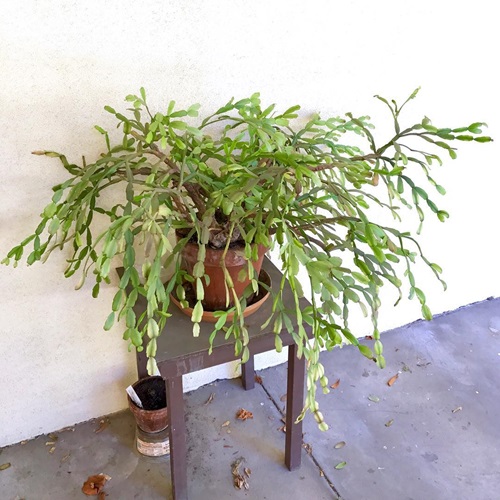
Christmas cactus is a beautiful succulent all throughout the year, but especially during the winter, you can coax it to produce abundant festive blooms in red, pink, white, and lavender!
There are things you can do in September, such as mimicking its natural habitat as closely as possible. Let’s take a look!
Things to do with Christmas Cactus in September
1. Reduce Watering
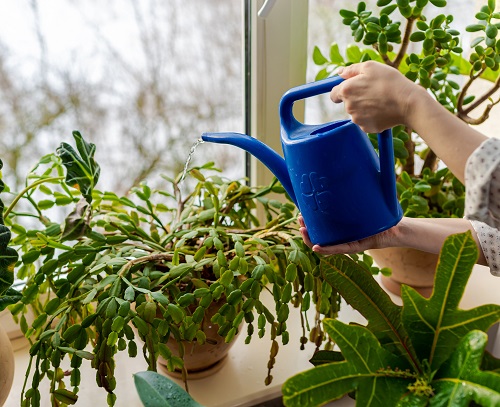
Christmas cacti require a period of rest—where they slow down growth and metabolic activities—to initiate flowering. By slowing growth, they conserve energy and resources, which they can use to produce flowers.
Reducing the amount of water your Schlumbergera
receives from late September to October drives it into the flowering phase.
During this time, increase the interval between watering spells compared to summer and saturate the soil only when the medium looks slightly dry. However, it’s important not to allow the substrate to become completely dry.
2. Simulate Short Days & Long Nights
Christmas cactus is rightly called a short-day plant because it needs at least 12-14 hours of darkness to form buds. The plant uses a complex internal mechanism to measure the length of day and night (photoperiodism) to determine when to flower.
Consistent prolonged darkness triggers the formation of flower buds. Come September, slowly reduce the daylight hours either from the morning or evening and ensure at least half a day without light for 6-8 weeks, with the help of blackout curtains, shades, or different locations. To understand it better, read this post!
Once the buds are set, however, you can do nothing to get more, and even photoperiodism won’t help. When you start this cycle, be careful not to turn on the light, even briefly during the dark period. This could interrupt the blooming process and lead to bud drop.
3. Keep it Cool
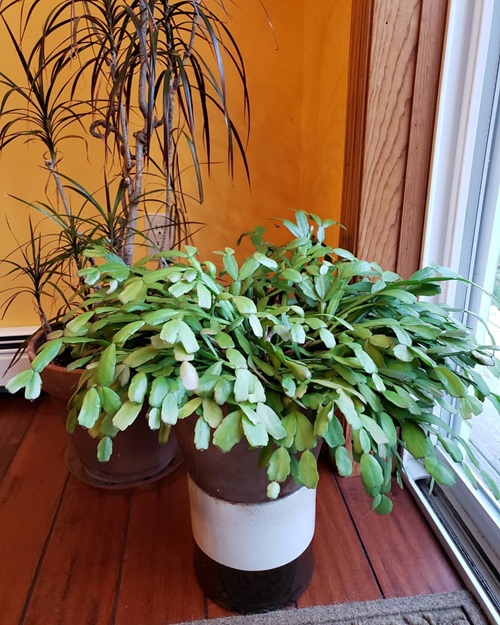
In September, you might also want to start adjusting the thermostat in the room where your Christmas cactus is placed. For it to set flower buds, ensure daytime temperatures around 60-70 F (15-21 C) and a nighttime range of 50-55 F (10-12 C) for at least two months.
If the temperature fluctuates drastically or there are sudden drafts, the flower buds may drop, killing your holiday flower dreams!
4. Keep it Humid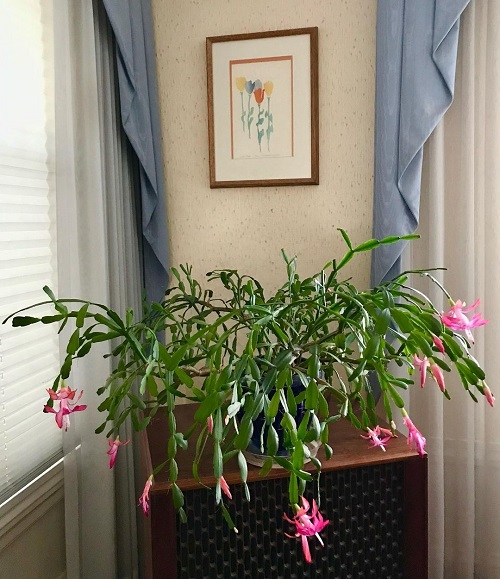
How can you keep it cool and humid at the same time? We’ll tell you how. Christmas cacti generally prefer a high humidity range of 50-60% indoors to help the buds stay intact and open at the right time. Anything less can hinder flowering and lead to bud drop.
Place your container in a drip tray filled with small stones and water, but make sure the bottom of the pot does not touch the water directly. You can also keep a bowl of water close to it in a closet. As the water evaporates gradually, it will help boost the humidity around the plant.
5. No Fertilizers for Your Christmas Cactus
Sounds extreme, but stop fertilizing your Christmas Cactus entirely from the end of September to ensure winter blooms! It is warming up or already in its flowering in this period, and fertilizers will likely distract and divert it into growing more foliage instead of the much-awaited blooms!
For example, nitrogen promotes leaf growth at the expense of flower or fruit development. Fertilizers can also interfere with the natural balance of plant hormones that regulate budding and flowering, which can delay or prevent flowering completely.
What To Do After Christmas Cactus Blooms?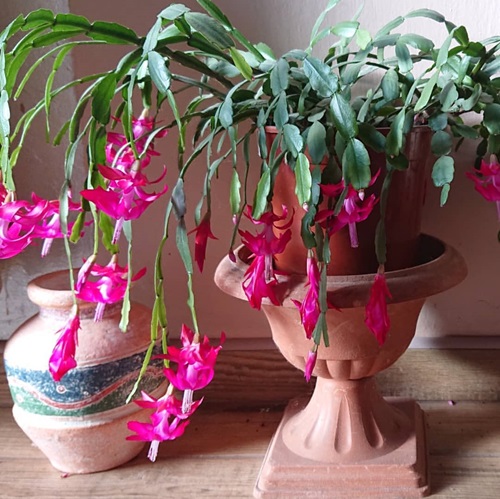
Christmas cactus is one such succulent that can bloom multiple times under the right circumstances, as long as you know how to care for it. It can take up to twelve weeks before the buds fully grow into flowers, each lasting about a week!
After the flowering period ends, treat your Christmas cactus normally. For instance, gradually get back to more watering, bring back dappled sunshine for more hours into its life, and do other regular houseplant things.
Keep the soil slightly moist and fertilize monthly with a balanced 10-10-10 NPK fertilizer. The best time to do this is from late winter to early spring when new growth begins. With the above-mentioned tips, you can get your Christmas cactus to bloom on time every year!



I like the information about Christmas cactus. I never knew these things, so thanks again.